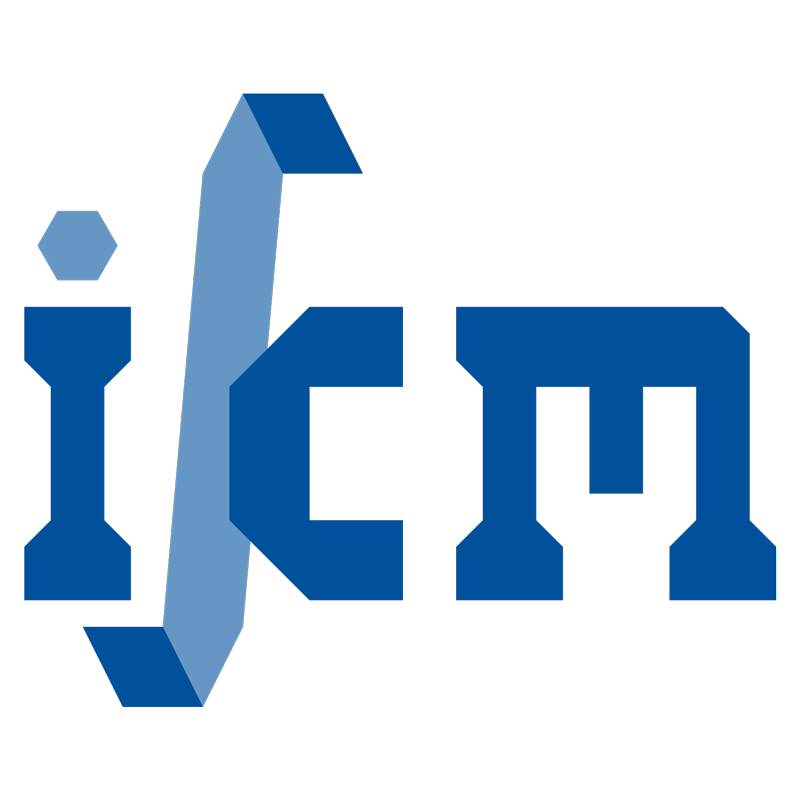On the effects of microstress on macroscopic diffusion processes
- verfasst von
- T. I. Zohdi, Peter Wriggers
- Abstract
The effects of internal microstress fields are neglected in a usual simulation of the diffusion of a small solute trough solid heterogeneous media. However, when a heterogeneous material is used in a structure undergoing external mechanical loading, highly nonuniform stress fields can arise locally due to the variable microstructure. In this paper a simple quasi-Fickian model is studied which employs a spatially variable stress-dependent diffusivity, Dσ. The structure of Dσ stems from an assumption that the stresses nonuniformly open and close the pores of the material microstructure, thus providing preferential sites for accumulation of the diffusing solute. When σ = 0, the usual stress-free Fickian diffusivity, D0, is recovered. Because of the highly oscillatory stress fields on the micro level, when employing numerical methods, such as the finite element or finite difference method, the distance between discretization nodes must be far smaller than the microstructural oscillations to obtain accurate simulations. This fact makes direct numerical simulations involving Dσ virtually impossible without computationally intensive, and complicated, special techniques. In this paper upper bounds are developed for the difference between solutions produced when using Dσ and alternatively D0 in the body under analysis. The general case, when D0, σ and consequently Dσ, are spatially variable, is considered. The bounds are a function of only D0 and σ and do not require any knowledge of the stress-dependent solution, and can thus be used as an a-priori check to determine whether potentially expensive computations are necessary.
- Organisationseinheit(en)
-
Institut für Baumechanik und Numerische Mechanik
- Typ
- Artikel
- Journal
- Acta mechanica
- Band
- 136
- Seiten
- 91-107
- Anzahl der Seiten
- 17
- ISSN
- 0001-5970
- Publikationsdatum
- 03.1999
- Publikationsstatus
- Veröffentlicht
- Peer-reviewed
- Ja
- ASJC Scopus Sachgebiete
- Numerische Mechanik, Maschinenbau
- Elektronische Version(en)
-
https://doi.org/10.1007/BF01292300 (Zugang:
Unbekannt)


